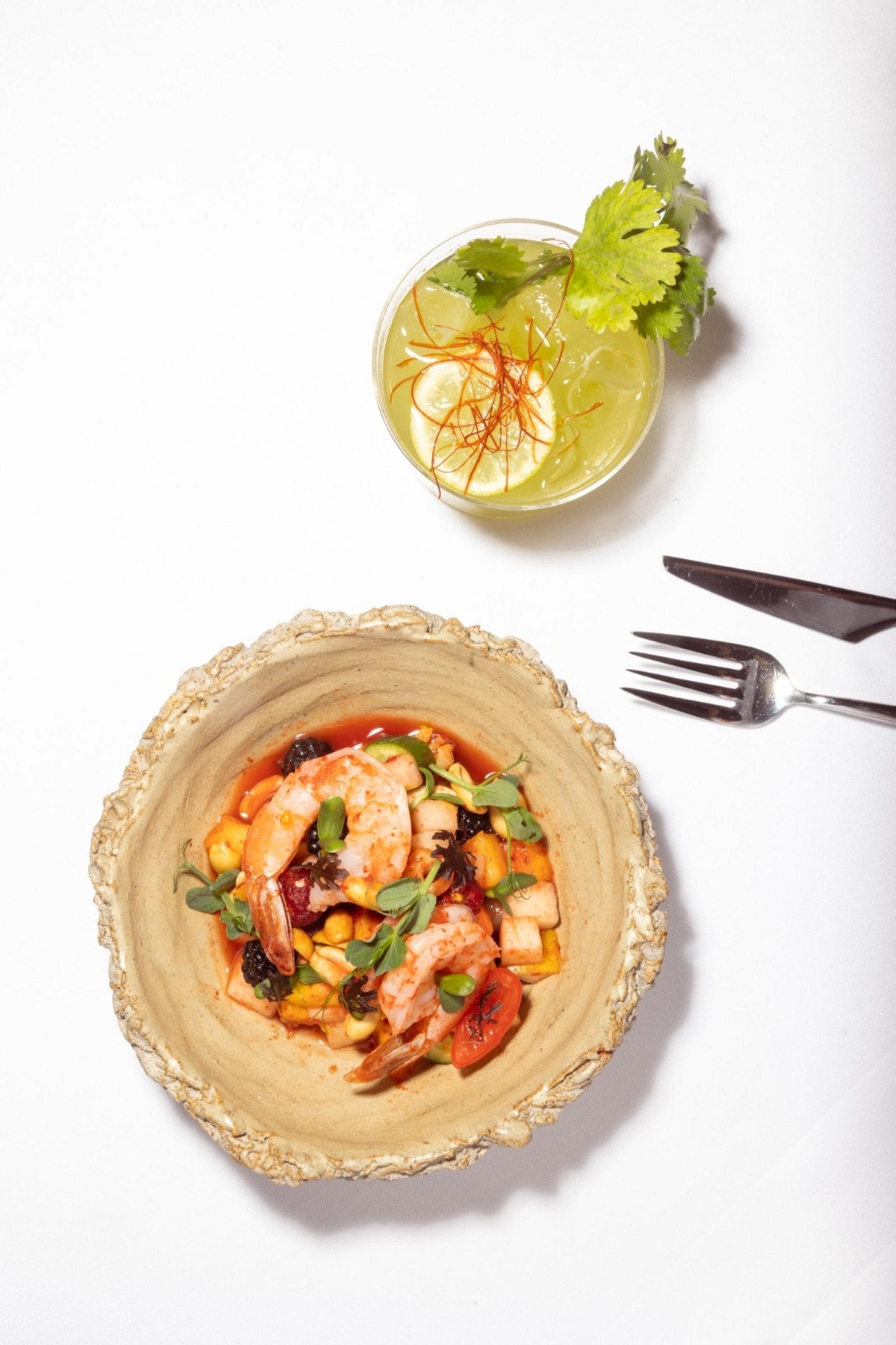© Turkuvaz Haberleşme ve Yayıncılık 2024
In Thai culture, the celebration of flavor harmony isn't just about food; it's a reflection of a deep-rooted culinary tradition that varies across the country's diverse regions. Divided into four distinct parts – North, Northeast, Central and South – Thailand's cuisine is an area to be discovered, as demonstrated by Khun Nuch, who was born and raised in the Isan region of Thailand and is the executive chef of Michelin and Gault & Millau awarded Çok Çok Thai in Pera, Çok Çok Thai, Az Çok Thai in Istanbul.
After previously cooking for the Thai royal chef and the royal family, she now preserves her culture in its most authentic forms in these restaurants in Istanbul for 18 years.
Central to Thai cuisine is the art of balance, meticulously blending sweet, sour, salty and spicy flavors to create dishes that tantalize the taste buds, according to Nuch. This equilibrium isn't merely about achieving a delicious taste; it's a reflection of Thai philosophy, where food serves not only as nourishment but also as medicine, promoting holistic well-being.
Nuch, emphasizing her focus on Thai spices in the kitchen, says, "We use Thai chili peppers, galangal and lemongrass."

While joking that these ingredients are "very good, very tasty and very healthy for the body," she added, "Perhaps the secret to looking young lies in them."
Some ingredients are not easily found in Türkiye, and even if found, their appearance or taste may not be the same. Nuch pointed out that some spices are imported by certain companies but when she doesn't like the quality, she personally brings them from Thailand.
The Thai chef pays homage to her cultural heritage by utilizing local ingredients that have been staples for generations.
Also, she talked about a special dish called "rhoom," possibly adapted from the Turkish "kaygana" (a dessert made with eggs) or other similar egg/crepe dishes, which are eaten and served in Thai-Muslim communities. In the Thai version, eggs are beaten and made into fried golden delicate sheets.
For Nuch, who prepares fantastic feasts, spice is an indispensable element.

At Çok Çok Pera, which accommodates 40 people, she said, "I have to achieve the same taste from the same pan." Additionally, as part of the upcoming Royal Chef project at the Çok Çok Pera branch, some special flavors from Thai royal cuisine will also be offered to the visitors.
She mentioned that while preparing dishes, she examines different foods and always asks herself, "What should I do? I think about how to make it both delicious and healthy at the same time because dinner should be healthy," emphasizing the focus on Thai cuisine on health.
"When preparing a menu, I always check all the ingredients. They should be fresh and high quality," she added.
The cuisine epitomizes Thai culinary refinement, with dishes meticulously prepared and presented as works of art. From intricately carved fruits and vegetables to elegantly plated tasting menus, the dining reflects the sophistication and heritage of Thai gastronomy, showcasing the culinary prowess that has been passed down through generations.
